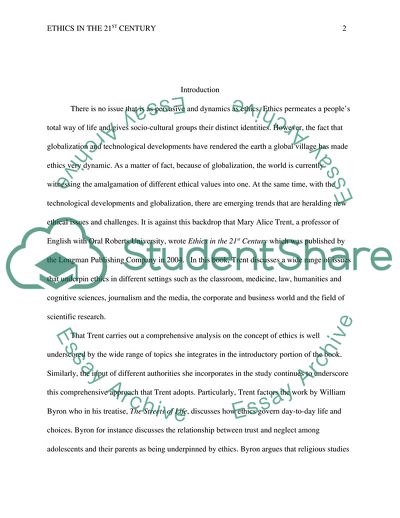Cite this document
(Analysis of Ethics in the 21st Century Literature review, n.d.)
Analysis of Ethics in the 21st Century Literature review. https://studentshare.org/ethics/1783412-an-analysis-of-ethics-in-the-21st-century
Analysis of Ethics in the 21st Century Literature review. https://studentshare.org/ethics/1783412-an-analysis-of-ethics-in-the-21st-century
(Analysis of Ethics in the 21st Century Literature Review)
Analysis of Ethics in the 21st Century Literature Review. https://studentshare.org/ethics/1783412-an-analysis-of-ethics-in-the-21st-century.
Analysis of Ethics in the 21st Century Literature Review. https://studentshare.org/ethics/1783412-an-analysis-of-ethics-in-the-21st-century.
“Analysis of Ethics in the 21st Century Literature Review”. https://studentshare.org/ethics/1783412-an-analysis-of-ethics-in-the-21st-century.


